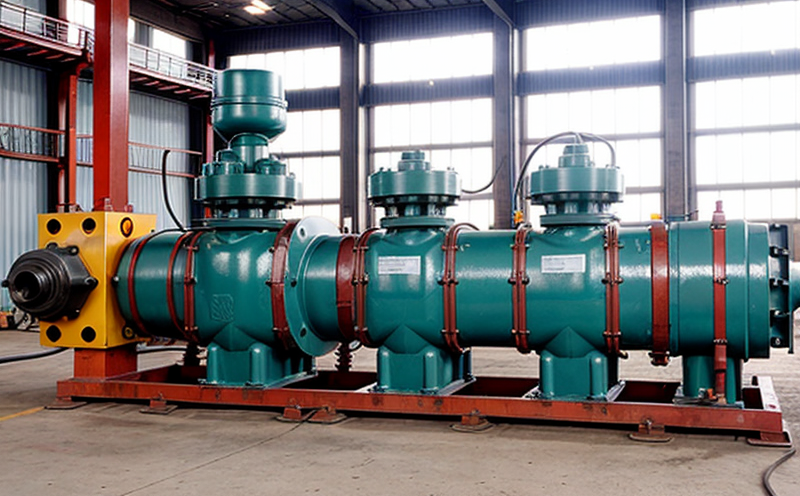Industrial valve operation inspection
The integrity and reliability of industrial valves are paramount in ensuring efficient plant operations across various sectors such as oil and gas, petrochemicals, chemical processing, water treatment, and power generation. Industrial valves are critical components that control the flow of fluids, gases, or slurries by opening, closing, and regulating these flows.
Valve operation inspection is a specialized field within equipment inspection focused on assessing valve performance based on specific operating conditions, material properties, and design criteria. This process involves thorough examination to ensure valves meet performance standards during critical operational phases such as startup, shutdown, and steady-state operations.
The inspection typically includes the evaluation of various components including bonnets, bodies, trim, seals, packing glands, and actuation mechanisms. The inspection scope may vary depending on the valve type (e.g., gate valves, globe valves, check valves) and its application within the process system.
For instance, in oil and gas applications, valves are subjected to high-pressure differentials and corrosive media which can lead to wear and tear over time. During inspection, technicians carefully examine for signs of erosion, cracking, pitting, and improper seating. These inspections ensure that the valve functions as intended under harsh conditions, thereby preventing potential leaks or unexpected failures.
Inspection methodologies incorporate both non-destructive testing (NDT) techniques like ultrasonic testing, radiography, and magnetic particle inspection to assess internal integrity without compromising the component’s structural soundness. External inspections focus on surface imperfections, fastener tightness, and overall alignment of the valve within its piping system.
In terms of performance metrics, valves are typically tested against industry standards such as ASME PTF-1B for pressure vessel testing or API 6D for pipeline transportation systems. These standards provide detailed guidelines on acceptable limits for various parameters including wear indicators, leakage rates, and operational pressures.
- Non-destructive testing (NDT) methods used include:
- Magnetic particle inspection
- Radiographic examination
- Ultrasonic testing
Benefits
The primary benefit of regular industrial valve operation inspections is the enhanced safety and reliability of plant operations. By identifying potential issues early, these inspections prevent catastrophic failures that could lead to significant financial losses and environmental hazards.
Regular inspections also contribute to extended equipment life by preventing premature replacement or repair costs. This proactive approach ensures compliance with regulatory requirements set forth by bodies such as OSHA (Occupational Safety and Health Administration) and local authorities.
From a sustainability perspective, reliable valve operation minimizes resource wastage through reduced leakages and ensures efficient use of energy resources throughout the plant lifecycle.
In terms of economic efficiency, avoiding downtime is crucial for maintaining optimal production schedules. Downtime can be costly due to lost productivity and increased maintenance costs. By addressing issues during routine inspections, plants can reduce these risks significantly.
Furthermore, meeting stringent quality assurance standards such as ISO 9001:2015 helps organizations gain competitive advantages in the market by ensuring high-quality products and services. Compliance with international standards like ASME or API further enhances credibility among clients and stakeholders.
Quality and Reliability Assurance
- Non-Destructive Testing (NDT): Utilizing advanced NDT techniques ensures that internal integrity is preserved during the examination process. Methods include:
- Magnetic particle inspection for detecting surface cracks
- Radiographic examination to identify subsurface defects
- Ultrasonic testing for thickness measurement and flaw detection
Environmental and Sustainability Contributions
Sustainable practices are integral to modern industrial operations. By ensuring that valves operate efficiently, industries can significantly reduce their carbon footprint by minimizing waste and optimizing energy consumption.
Regular inspections contribute to long-term sustainability goals by promoting resource efficiency and reducing environmental impact associated with premature equipment replacement or failure events. This proactive approach supports broader corporate social responsibility initiatives aimed at fostering a greener environment.





